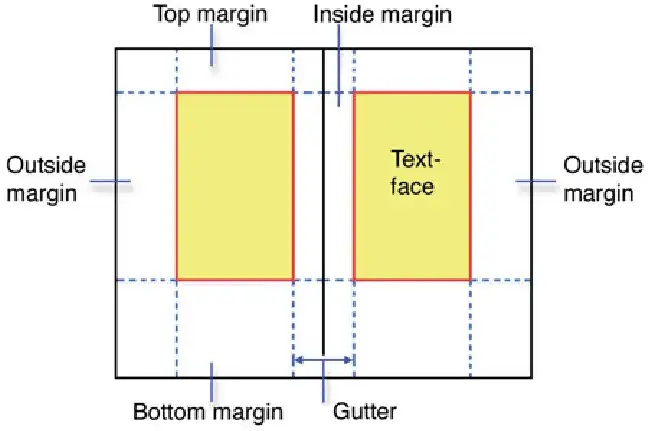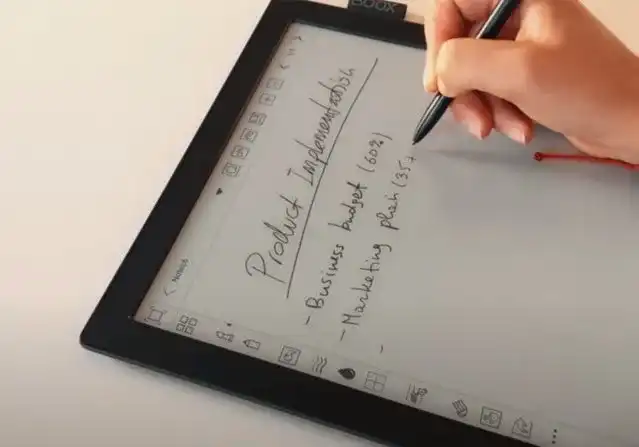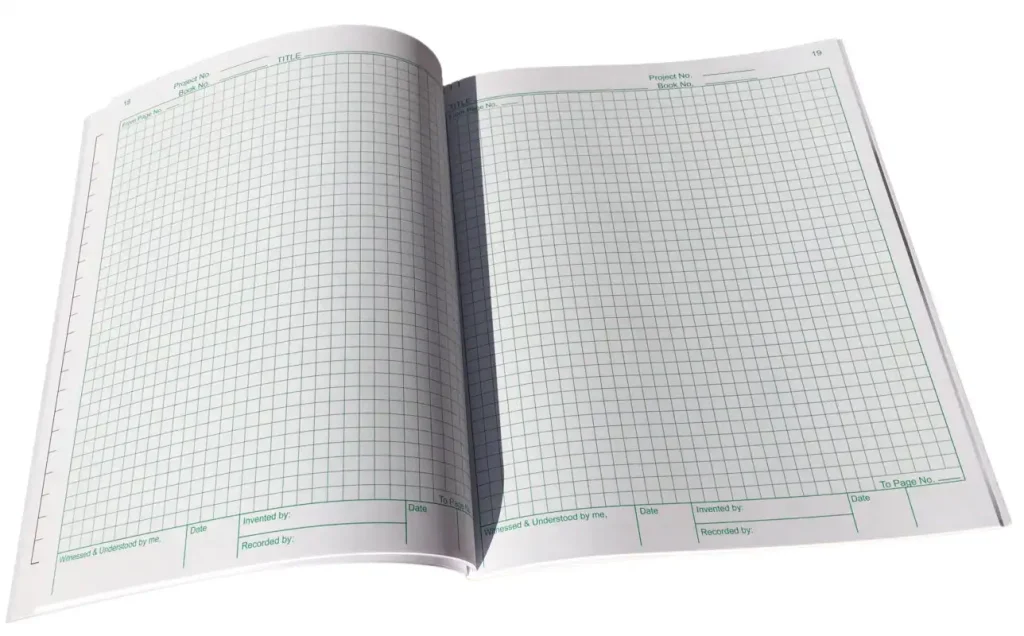Butterfly Pea
The butterfly pea (Clitoria ternatea), a native of South America that has long been naturalized to Malaysia, Indonesia and India, is an eye-catching plant with ornamental, medicinal, and culinary uses. The plant is distinguished by its flower, whose unusual shape has earned it the alternate name of conch flower (or shankh-pushpam in several South Indian languages). Another distinctive feature of this flower is its brilliant cobalt blue colour that gives rise to its use as a dye and food colorant. Interestingly, the colour changes based on the pH level of the substance added to it - a property that is utilized in making butterfly pea flower tea, a herbal beverage initially an attractive blue in colour but turning to purple when lemon juice is added to it. The plant is known as Aparajita in Hindi and other North Indian languages. Other names include Gokarna, Girikarnika, Kokila and Yonipushpa.
Ayurveda uses the whole plant and its parts including leaves, flowers and roots in remedies for a host of diseases. The plant also finds its application in the Chinese and Unani system of medicine.
The butterfly pea plant is a climbing herb that is commonly found in hedgerows all over the country. The leaves are bright green, elliptic and obtuse. Flowers are conch-shaped, growing singly and are about 4cm long and 3cm broad. They are a vivid blue in colour, with yellow markings. There are also two other varieties yielding lilac and white flowers. Fruits are flat pods, up to 7cm long, tapering at both ends and containing 6 to 7 seeds.
In Ayurveda, the butterfly pea has been grouped under the category of medhya, which includes herbs that help improve memory and learning. The plant root, ground to a paste mixed with ghee or butter, is prescribed for children to increase comprehension and retention. The root extract is also used in traditional remedies for insomnia, intoxication, schizophrenia, dizziness, balance problems and skin diseases. The seeds of the plant are used as a mild purgative and in the treatment of intestinal worms. A traditional remedy for constipation is a small quantity (one-eighth of a teaspoon) of roasted powdered seeds taken with warm water. The juice of the leaves, mixed with salt, is applied as a fomentation to cure earache. A few drops of root juice extract are put into the nostrils as a remedy for migraine. A decoction of the whole plant is gargled to treat sore throats and mouth ulcers. In Bali, the flowers are used in traditional remedies for eye infections such as conjunctivitis.
The butterfly pea plant also finds application in South East Asian cuisines. The flowers and leaves are used to make butterfly pea flower tea, mentioned earlier, which is a very popular beverage in Thailand and Vietnam. The tea is often added to cocktails to showcase the instantaneous colour change from blue to pink or purple. In Malaysian cuisine, the flowers are used in a breakfast dish called Nasi kerabu, consisting of blue-coloured rice (rice cooked with butterfly pea petals) eaten with chicken or fish, fries, pickle and salad. The same dish is also made in Thailand, where it is known as Khao yam. In Myanmar and Thailand, the flowers are dipped in butter and fried as snacks.

















